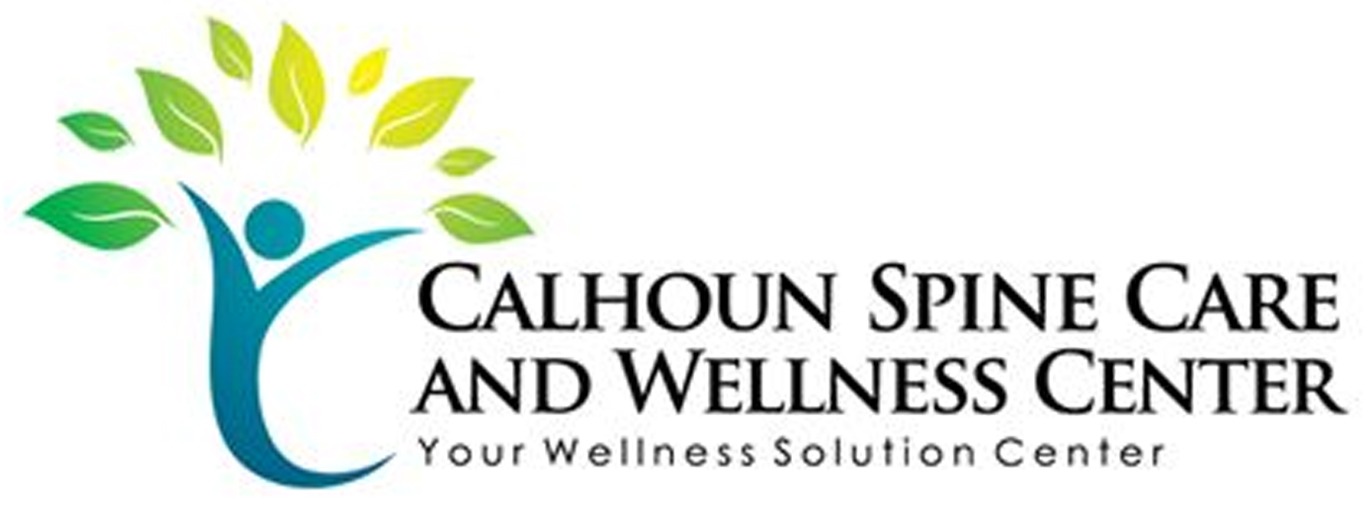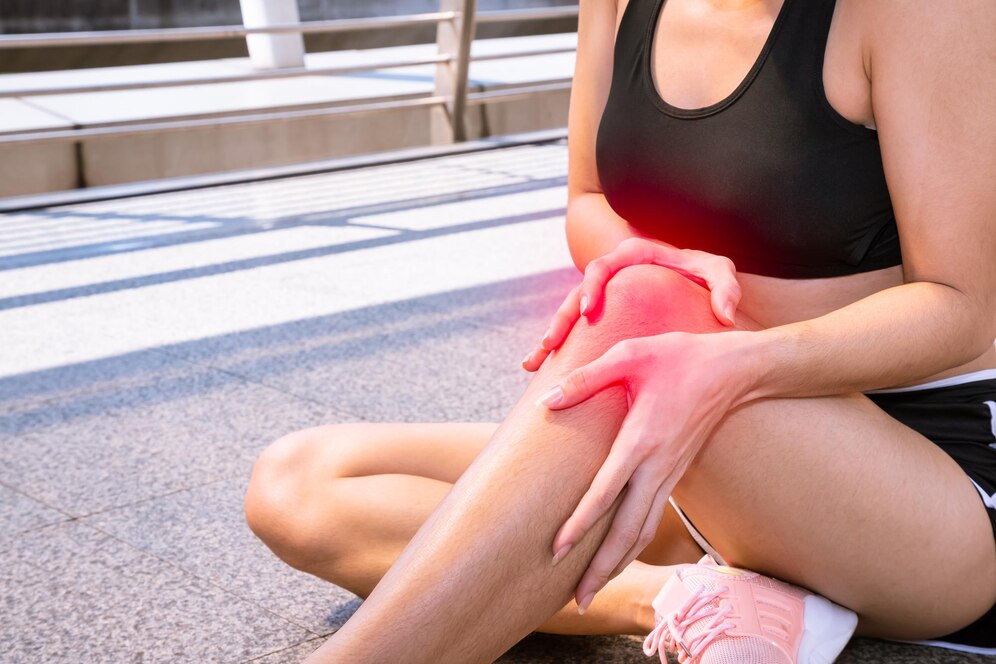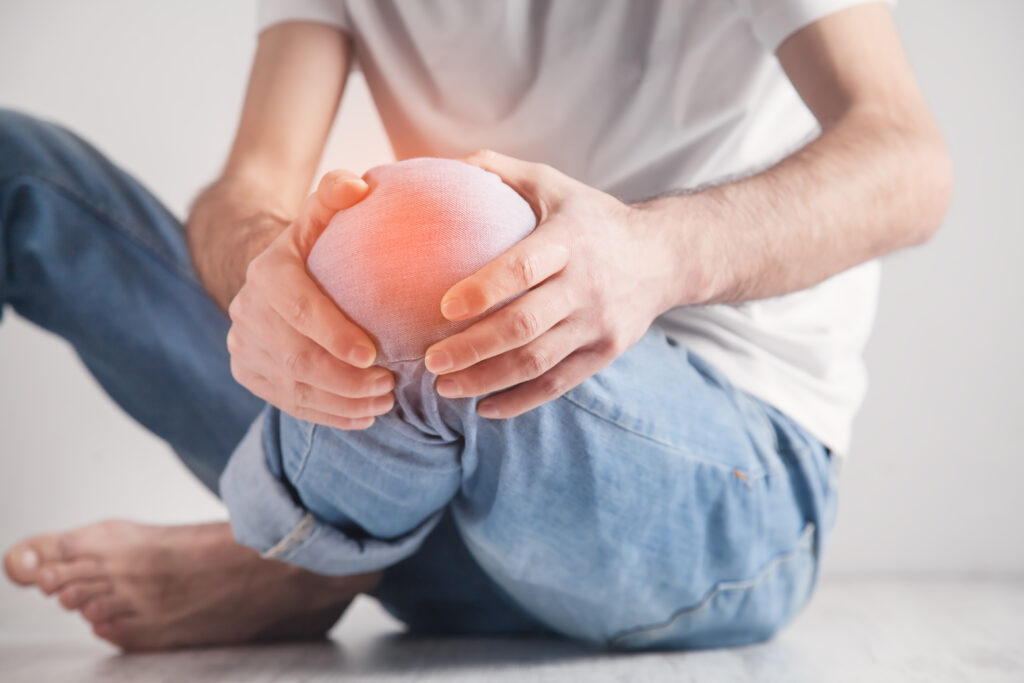You've probably felt the difference that effortless movement can make in your daily life, but releasing your body's full potential requires more than just a casual approach. It starts with understanding the basics of body mechanics and the importance of posture and core strength. As you explore techniques for enhancing flexibility and mobility, you may discover surprising insights that could transform your routine. What if the key to a more vibrant, active lifestyle is simpler than you think? Let's uncover the steps that can lead you there.
Understanding Body Mechanics
When you grasp the fundamentals of body mechanics, you open the door to improved movement and reduced injury risk. Understanding body mechanics means recognizing how your body moves and functions, allowing you to use it more efficiently. It's all about how your muscles, joints, and bones work together during activities, whether you're lifting, bending, or walking.
Start by observing your posture. Proper alignment keeps your joints and muscles in their most effective positions, reducing strain. You should engage your core when performing any physical task, as it provides stability and support. This simple adjustment can make a significant difference in how you perform daily activities.
Next, focus on movement patterns. When you bend or lift, use your legs rather than your back. This technique minimizes the risk of injury and maximizes strength. Pay attention to your breathing; it plays an essential role in movement efficiency. Inhale deeply and exhale as you exert force, helping you maintain control.
Finally, incorporate balance into your understanding of body mechanics. Balance isn't just about standing still; it's about maintaining stability during movement. Activities like yoga or tai chi can enhance your balance, making everyday tasks easier and safer.
Benefits of Improved Mobility
Improved mobility brings a host of benefits that can transform your daily life. When you enhance your ability to move freely, you'll notice a significant boost in your overall quality of life. You'll find that simple tasks, like bending down to tie your shoes or reaching for items on high shelves, become easier and more enjoyable. This newfound ease in movement can reduce the risk of injuries, as your body becomes more adept at handling everyday activities.
In addition, improved mobility can enhance your athletic performance. Whether you're an avid runner, a weekend warrior, or just looking to stay active, increased flexibility and range of motion allow you to engage in your favorite exercises with greater efficiency. You'll be able to push your limits and achieve personal bests, all while minimizing the discomfort that often accompanies physical activity.
Moreover, improved mobility can lead to better posture and alignment. When your body moves more freely, it naturally aligns itself, reducing strain on muscles and joints. This not only helps you feel more comfortable but can also alleviate chronic pain issues that stem from poor posture.
Finally, embracing improved mobility allows you to enjoy life more fully. You'll feel more energetic, confident, and ready to tackle new experiences. Whether it's playing with your kids, hiking, or dancing, you'll find that each movement becomes a celebration of your body's potential.
Techniques for Enhanced Flexibility
To access greater flexibility, you can incorporate a variety of techniques into your routine that will help you stretch and strengthen your muscles effectively.
Start with dynamic stretching, which involves controlled movements that increase your range of motion. Before workouts, try leg swings, arm circles, or torso twists. These exercises warm up your muscles and prepare them for more intense activity.
Next, consider static stretching. Hold each stretch for 15 to 30 seconds at the end of your workout. Focus on major muscle groups like hamstrings, quadriceps, and shoulders. Remember to breathe deeply during these stretches; it helps to relax your muscles and deepen your stretch.
Incorporating yoga or Pilates is another excellent way to enhance flexibility. These practices focus on controlled movements and breathing, promoting lengthening of the muscles and improving overall balance. Try a beginner's class or follow online tutorials to get started.
Don't forget about foam rolling. This technique, known as self-myofascial release, helps to alleviate muscle tightness and improve blood flow. Spend a few minutes rolling out sore areas after your workouts to aid recovery and enhance flexibility.
Lastly, stay consistent. Flexibility takes time and dedication to improve. Aim to stretch at least three times a week, and gradually increase the intensity and duration of your stretches.
Incorporating Movement Into Daily Life
Your daily routine can be a goldmine for incorporating movement, and it doesn't have to feel like a chore. Start by evaluating your typical day and look for opportunities where you can add small bursts of activity. For instance, instead of sitting while you wait for your coffee to brew, try doing a few squats or stretching your arms and legs.
When you're on a phone call, stand up and pace around your room. You'll not only engage your body but also boost your focus and creativity. If you commute, consider parking farther away or getting off the bus a stop early to walk a bit more.
At work, take regular breaks to move around. A quick walk during your lunch break can recharge your energy and clear your mind. If you work at a desk, try a standing desk or alternate between sitting and standing every hour.
Incorporate movement into household chores too. Dancing while you clean or doing lunges while you put away groceries can turn mundane tasks into fun workouts.
During your downtime, consider activities like yoga or stretching while watching TV. You can even challenge yourself to do a few push-ups or planks during commercial breaks.
Overcoming Common Movement Barriers
Facing obstacles to movement is a common experience, but recognizing these barriers is the first step toward overcoming them. Whether it's stiffness, pain, lack of motivation, or simply not knowing where to start, these challenges can greatly hinder your ability to move freely and enjoy life.
Start by evaluating your body. If you experience pain or discomfort, it's crucial to consult a healthcare professional. They can help identify underlying issues and suggest tailored exercises to improve your mobility.
Once you've addressed any physical concerns, focus on flexibility and strength. Simple stretches and strength-building activities can greatly enhance your range of motion and reduce stiffness.
Motivation can also be a major barrier. To combat this, set realistic goals that excite you. Break them down into smaller, achievable milestones. Celebrate your progress, no matter how small, and consider finding a workout buddy or joining a group. This accountability can keep you engaged and motivated.
Lastly, remember that movement doesn't have to be structured or intense. Incorporate fun activities into your routine, like dancing, walking in nature, or playing a sport you love.
These enjoyable experiences can help you maintain consistency without the pressure of a typical workout.
Conclusion
By prioritizing body mechanics and engaging your core, you can access your body's potential for seamless movement. Embrace stretching and incorporate activities into your daily routine to boost your flexibility and energy levels. Remember, overcoming movement barriers is all about consistency and finding joy in what you do. With these tools, you'll not only enhance your mobility but also enjoy a more vibrant and dynamic lifestyle. So, get moving and start experiencing the benefits today!



